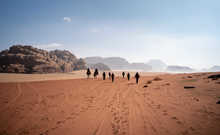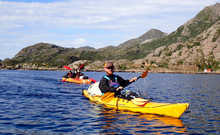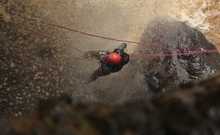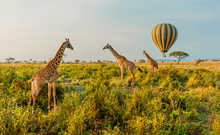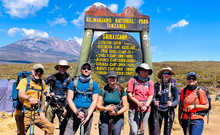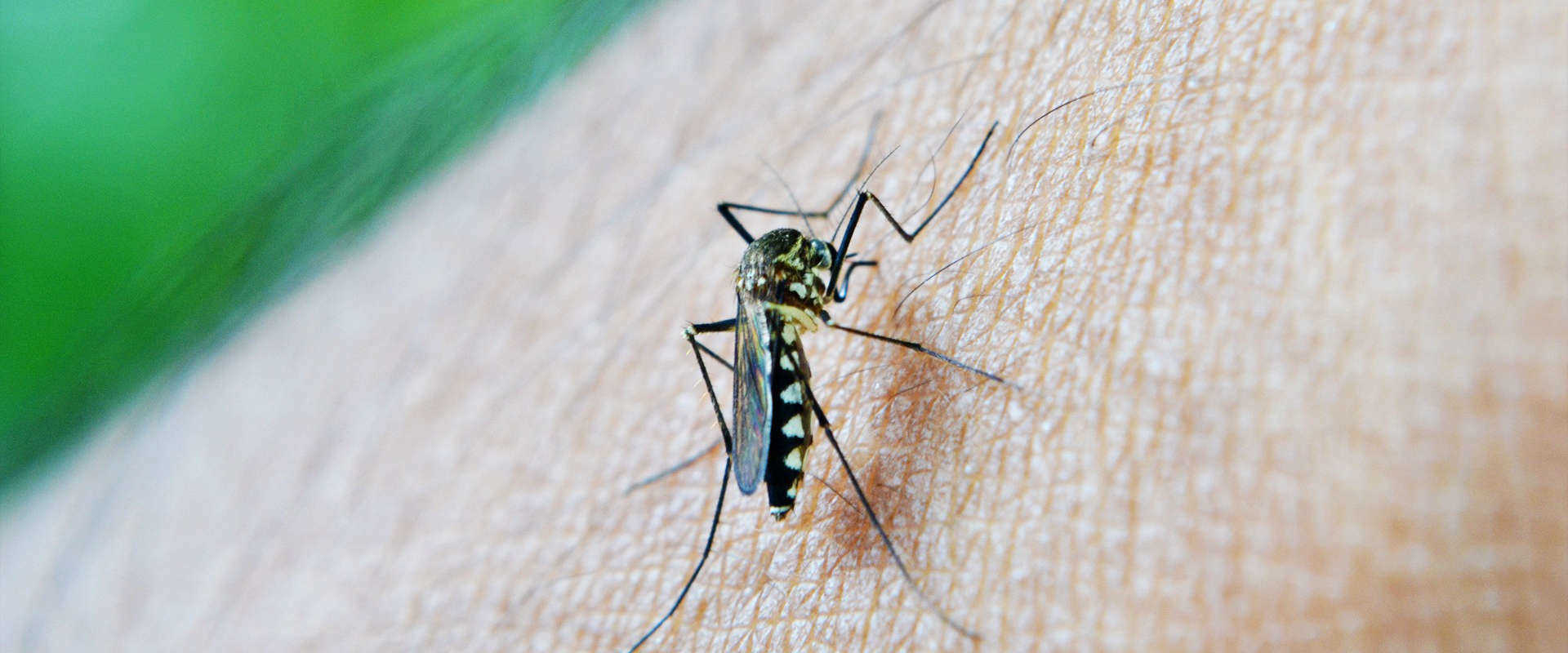About Malaria
Much of East Africa, and indeed many central African countries, are home to malaria, an infection caused by the bite of a malaria-carrying mosquito. Symptoms of the disease can include nausea, muscle aches, extreme fatigue, vomiting, headaches, a fever, confusion and hallucinations. People will feel the effects of malaria differently but young children, older people, women who are pregnant and those with existing health conditions are most at risk.
Malaria risk areas
Tanzania is considered a country at high risk of malaria and every precaution against the infection should be taken before travelling. Because mosquitoes like hot, damp conditions, coastal areas are usually at higher risk, as are low areas of rainforest and jungle. In Tanzania, coastal areas like Zanzibar have the highest count of malaria cases, however, common trekking areas like Moshi and Arusha are still relatively high risk zones. The rainy season also increases your risk of infection as this is when mosquitoes are most prevalent. The malaria map of Tanzania below shows the risk zones.
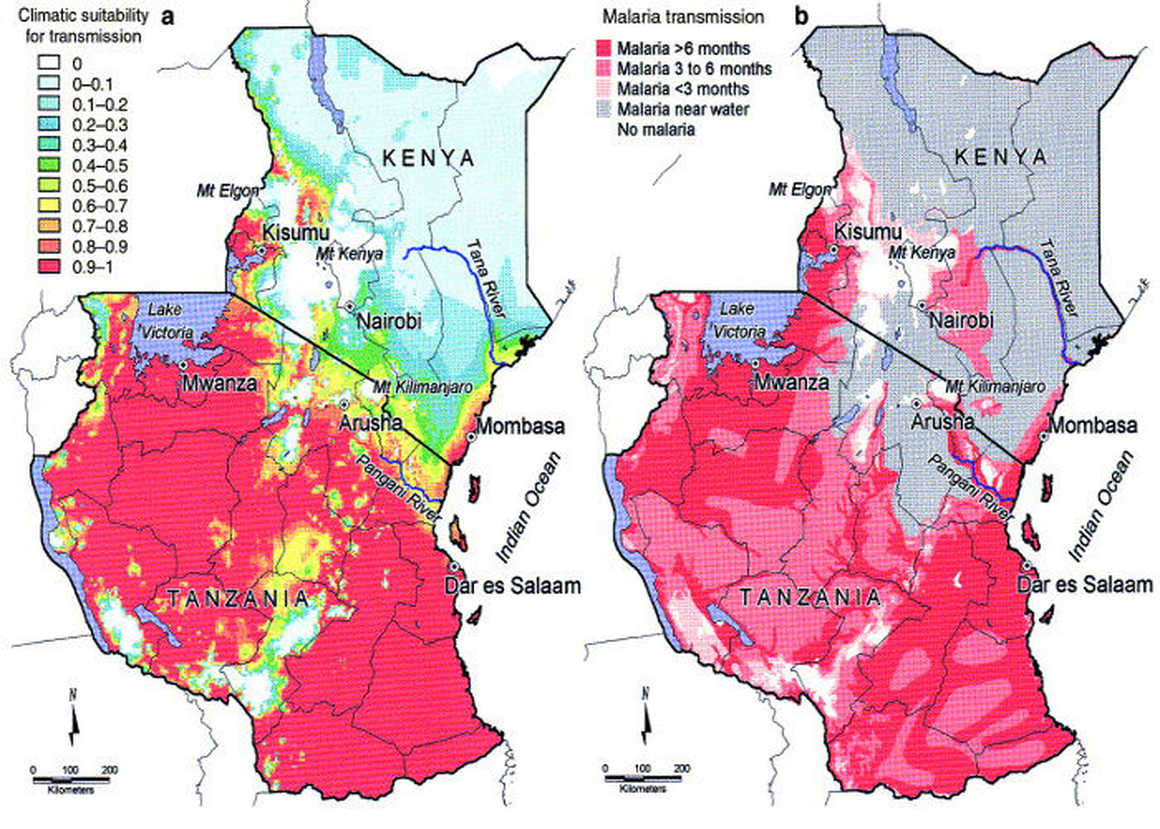
Symptoms of Malaria
Initial symptoms of malaria often include headaches, general aches and pains, fever, abdominal pain, diarrhoea, coughing and malaise, all of which could be mistaken for flu. If you develop flu or flu-like symptoms when you're in Tanzania or within two weeks of returning home, it is wise to assume you have malaria until your blood tests prove otherwise, even if you think you haven't been bitten or you have taken anti-malarial drugs.
Avoiding mosquito bites
The good news for trekkers climbing Kilimanjaro is that Anopheles mosquitoes are generally not found above 2,000 metres. Therefore, the most dangerous time is before and after you climb the mountain. You need to be most careful at night as this is when Anopheles mosquitoes feed.
If you're only planning on staying in Tanzania for a short time to climb Kilimanjaro, here are 5 tips we recommend to avoiding mosquito bites.
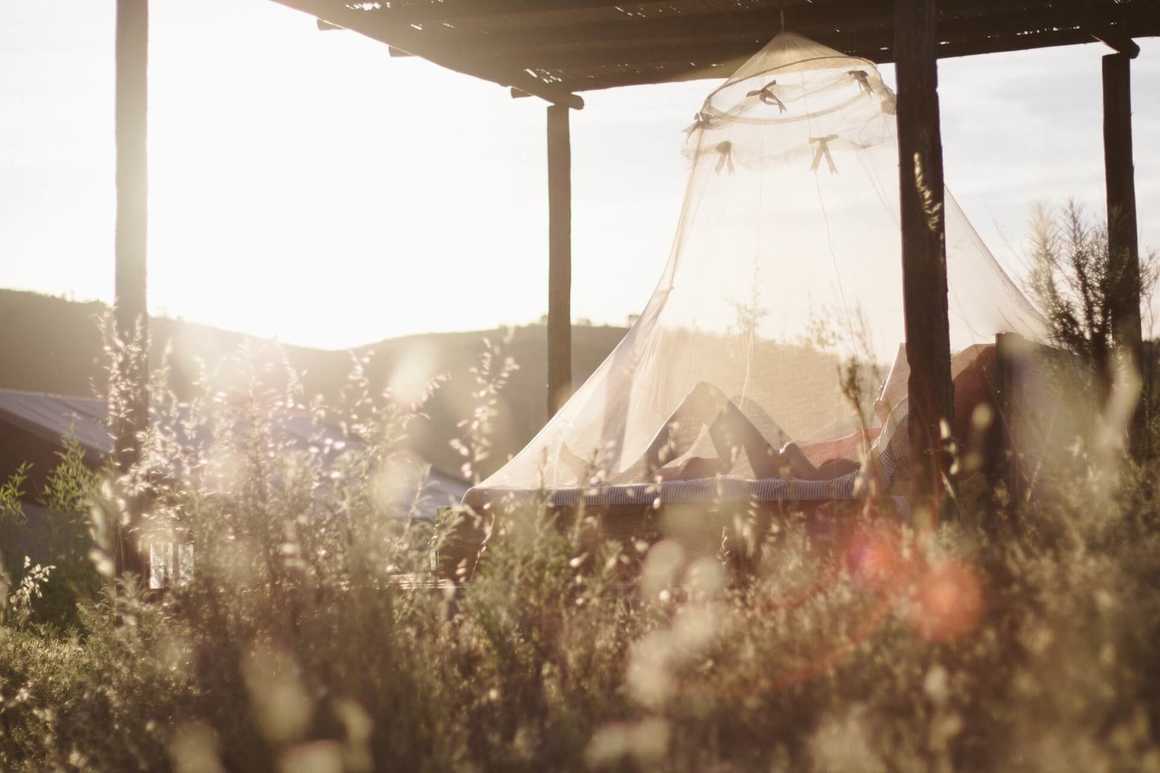
Anti-Malarial Medication
There are five types of malaria. The falciparum strand is the most dangerous and also most common in Tanzania. Unlike most other diseases encountered frequently by travellers, there is no malaria vaccination available although malaria treatment can be bought in pharmacies in Tanzania. There are, however, several drugs out there that will help prevent the infection. Preventative medications are the preferred form of anti-malarial treatment for most travellers as it only takes one bite from a mosquito to contract the disease.
There is a wide array of anti-malarials on the market and we strongly recommend consulting your doctor before deciding upon one.
The most popular anti-malarial drug is Lariam which is taken once a week and needs to be taken over a full course to work. Side effect complaints have been fairly common for Larium and include hallucinations, insomnia and nightmares. Although certain scientific research suggests that Lariam makes a person more susceptible to Acute Mountain Sickness (AMS), there is still no proof, however, side effects often mimic AMS symtoms making it very difficult to diagnose. Doxycycline is another a popular drug and tends to bring on side-effects such as heartburn and indigestion. Malarone is also an option and seems to produce less potential side-effects, however, it is more expensive because of this.
Please remember that the side effects mentioned above are not universal and can certainly be minimised by taking the drug correctly (i.e with food). We recommend to all our trekkers to test any drug for side-effects several weeks prior to their trip.
